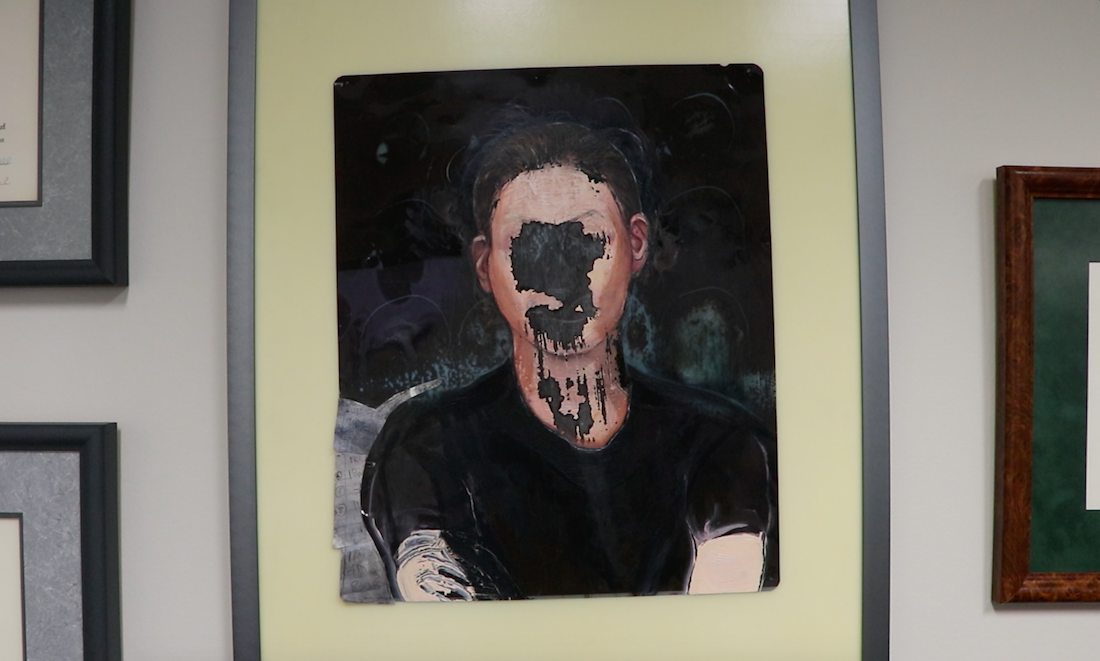By Juliette Rocheleau
Medill Reports
When Hercules faced the Hydra of Lerna, he learned the hard way that cutting off one of its many heads would only result in two more growing in its place. As the U.S. attempts to battle its own Hydra in the form of the opioid abuse crisis, victory remains similarly elusive.
Though the opioid crisis has grown to encompass thousands of Americans struggling with heroin addiction, one root of the epidemic can be traced to the prevalence of highly addictive legal pharmacological substances. However, measures put in place to control the growing epidemic are having adverse affects on people struggling with pain management, and unconventional treatments are gaining more attention.
In 2017, efforts to curb the crisis resulted in reduced production of legal opiates such as intravenous morphine and hydromorphone, two common drugs used during inpatient procedures for pain management. However, when Hurricane Maria ravaged Puerto Rico last September, the disruption in the manufacturing process for IV bags coincided with the reduced production of the drug and resulted in “the perfect storm,” according to Judy Paice, director of cancer pain program in the department of oncology-hematology at Northwestern University’s Feinberg School of Medicine.
[vimeo 260956309 w=640 h=360]
These production issues were just an added roadblock, as struggles have emerged at every level of the pain management treatment process: from patients who are terrified of taking prescribed opioids for fear of addiction to the insurance underwriters who have added extra roadblocks for patients to access prescription pain medication, according to Paice.
“It’s a balance. We need a certain amount of pain control after a painful event,” said Paice. “The pain medicines help people to be more functional. And to recover, you need to be functional.”
Some pain management patients looking for non-drug alternatives are turning to acupuncture.
The practice of needle-sticking stems from traditional Chinese medical practices. In 2017, six national acupuncture organizations came together to produce a white paper that underlined the role of acupuncture in the opioid crisis. The paper aimed to the identify acupuncture not only as a viable therapeutic treatment for pain management, but also a tool for treating addiction in a cost-effective manner, said physician and acupuncturist David Miller of Chicago in a phone interview.
Miller, who sits on the National Certification Commission for Acupuncture and Oriental Medicine board and is a co-author of the white paper, explained that acupuncture’s presence in a treatment plan allows the patient to play an active role in his or her own recovery.
“In more holistic systems, we understand that patients can do a huge amount to make themselves better,” said Miller, “getting the patient to shift their mindset and therefore, their physiology, into a new state and helping them get out of a cycle of illness.”
Despite acupuncture’s long history in the East, the U.S. came late to the adoption of acupuncture in the 1800s, according to medical experts Dominic and Gabriel Lu in an article for academic journal Medical Acupuncture. The National Institutes of Health formally acknowledged the benefits of acupuncture in 1997, and the Bureau of Labor Statistics added the occupational code for acupuncturists in January 2018. Formerly, acupuncturists were filed under the same category as chiropractors. Incorporation of acupuncture in formal institutions is growing, as is public perception.
Chicago resident and real estate broker Connie Atterbury, a self-proclaimed “devotée of acupuncture” for over 10 years, said that she has witnessed a wider acceptance for the practice, no longer an “airy-fairy, scared mysticism.”
Atterbury began looking for alternative medicinal approaches when she found her chronic health problems were not solved by what she refers to as the “just throw on an antibiotic” approach to a problem. She is a cancer survivor, but did not start acupuncture therapy until after she went into remission.
When Atterbury comes across naysayers who doubt the benefits of acupuncture, she tells them to try it first before condemning the practice.
And according to Dr. Paice, that’s the best approach.
“As long as the patient doesn’t experience financial toxicity or other adverse effects, and if they are motivated to try that particular therapy, it makes good sense that they do so,” said Paice. “There is very little harm that can come out of acupuncture. This is a therapy that’s been around for a long period of time.”
Indeed, financial toxicity is at the root of the opioid epidemic as reimbursement models for prescriptions have shifted in response to the crisis. For pain medication prescriptions, insurance companies have instituted “prior authorizations” to prevent potential substance abuse. However, these authorizations can result in prolonging the time it takes for a patient to refill a prescription, enough for some patients on long term pain medication to experience the withdrawal syndrome, according to Paice.
The major lack of insurance options makes treatment a difficult option for patients and a tough career path for aspiring acupuncturists. Despite the growth in public and professional acceptance of acupuncture, “the number of people entering the field of acupuncture has been at a plateau for a while now,” said Dr. Miller.
Efforts to defeat the multi-headed Hydra are underway in Congress. Rep. Greg Walden of Oregon, chair of the House Energy and Commerce Committee, kicks off two days of hearings on Wednesday to consider two dozen bills to cope with the opioid crisis. They range from establishing a protocol for destroying unused opioids to funding research on opioid alternatives in hospital emergency rooms to funding research on new non-addictive pain medications. But as Congress sets its focus on the crisis, the Hydra continues to grow.

